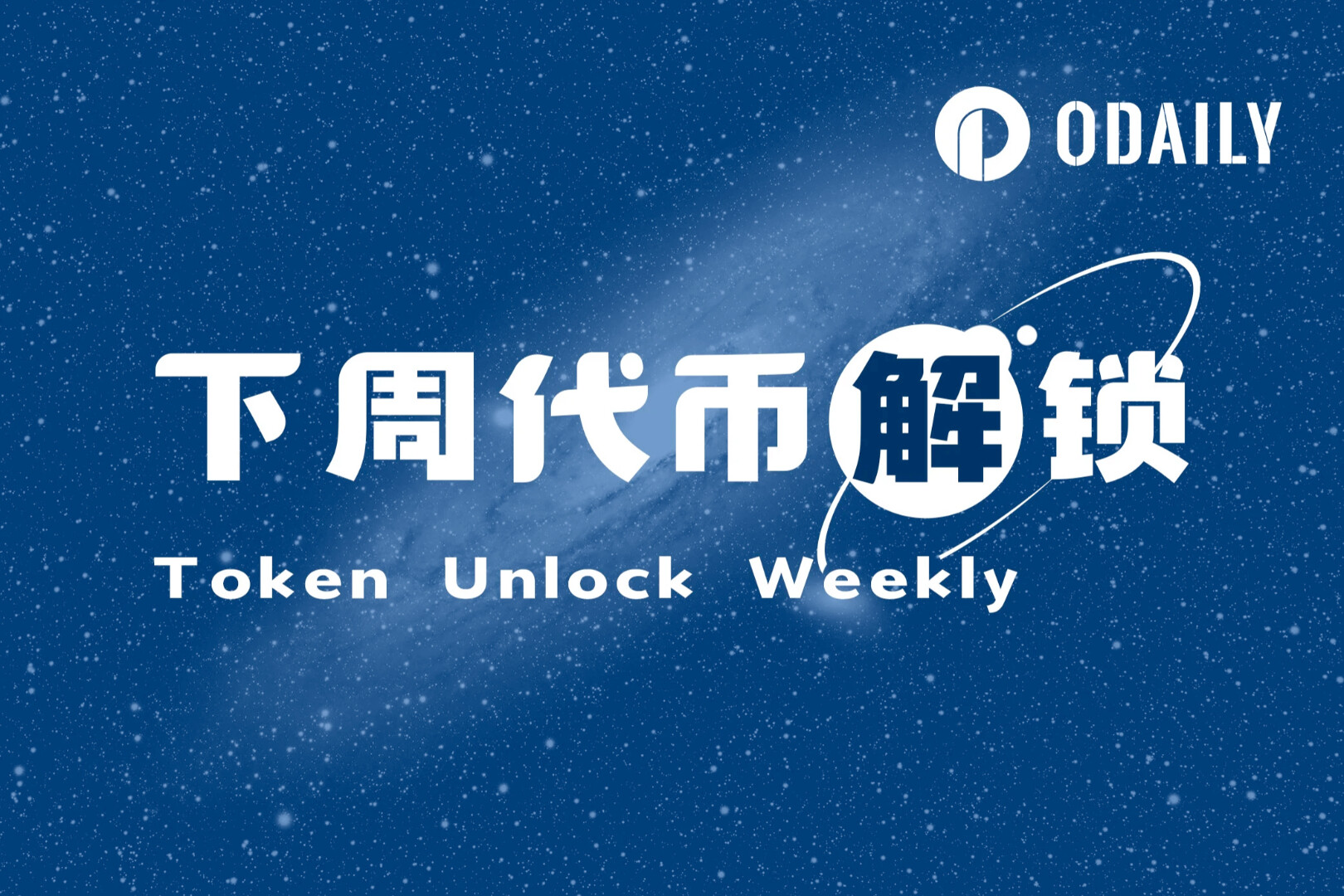Editor's Note: This article comes fromChain News ChainNews (ID: chainnewscom)Chain News ChainNews (ID: chainnewscom)
, by Haseeb Qureshi, Managing Partner, Dragonfly Capital, translated by Lu Jiangfei, published with permission.
Uniswap V3 has just been unveiled, and there are quite a few very insightful concepts in it. I remember that in early 2020, Uniswap founder Hayden talked about related ideas, and now he has finally turned these ideas into reality! Here, I hope to explain the understanding of Uniswap V3 and what impact it may bring in the future. The idea is relatively rough, so let's get started.
In the current Uniswap V2, all liquidity is provided according to the law of the constant product curve, from 0 to infinity. This model will lead to the low capital efficiency of Uniswap V2. We have already discovered this problem in the actual situation-Uniswap now has a lock-up volume of 5 billion US dollars, but the average daily transaction volume is only 1 billion US dollars (accounting for only 20%), which is quite a low figure.
This also means that very little liquidity is centralized, but one trading pair probably handles the vast majority of trades. A lot of capital is reserved to ensure that whether the assets can achieve 2 times, 5 times, or even 100 times growth, according to the constant product growth curve trend, there will still be some liquidity left for the market.
Uniswap V3 has optimized this, and now, liquidity providers (LP) can set the price range for providing liquidity (such as providing liquidity when the price of the ETH/USDC trading pair is in the range of $1,600 to $1,800). A question arose when I heard the idea: how would Uniswap do all of this on-chain? Because you need a better tree structure to track the positions of all liquidity providers.
Uniswap V3 gives the answer: quantification!
Instead of doing inefficient, fancy math, they break down the overall price curve into a bunch of "tiny buckets" and call them "ticks" (although I prefer to call them "buckets") . Each "small bucket" is like a small automated market maker (AMM), and the price range is also very small. For example, the price range of the USDC/ETH trading pair is 1705-1710 US dollars.
As you can imagine, each "small bucket" has its own independent liquidity provider. If a transaction exhausts the liquidity in a "small bucket", the remaining transactions will enter the next "small bucket". ". Low-slippage transactions will not be allowed to span multiple "small buckets" (each "tick" has a small capacity, such as only 0.1% of the liquidity pool.)
This means that, as a liquidity provider, if you provide liquidity when the price range of USDC/ETH trading pair is 1600-1800 USD, the liquidity will actually be deposited into 100 "small buckets" (depending on depends on the result of the calculation). Many people have noticed: This model looks a lot like an order book, yes, it is a bit like it!
In a sense, Uniswap V3 is tailor-made for Layer 2. Once Uniswap V3 goes online, there will be fewer funds on Layer 2, but the cost of active trading and position management, and transaction order book style will be lower. Uniswap V3 can "elegantly" improve centralized liquidity and capital efficiency.
However, for those transactions that span multiple "buckets", the cost may become higher (a token swap transaction between 3 "buckets" is like swapping tokens on 3 Uniswap platforms) . In addition, the transaction costs of liquidity withdrawals and deposits between multiple "small buckets" will also be more expensive (however, it does not feel like a big problem on Layer 2). Trail of Bits gave some opinions in their audit report, as shown in the image below:
Assuming there are many liquidity providers in a "small bucket", will the accounting cost become higher? For this problem, auditing may be more important, but I don't fully follow the logic here, because I can't see any loopholes in liquidity providers (does this problem only apply to very small "small buckets"? )
Uniswap claims that V3 is more gas efficient than V2, but this statement may only be true if certain conditions are met (such as transactions spanning a small number of "buckets"). Providing liquidity will become more expensive, but that's fine - it makes sense for users to optimize gas costs and liquidity provisioning costs for them (see audit opinion below):
Okay, liquidity provisioning is now more "smart" - you need to set price ranges - but if this model actually generates more liquidity, wouldn't it be a good thing for everyone?
Traders can earn! Market makers can earn! However, ordinary liquidity providers may not be able to earn!
Some people have found this problem.
If you are a lazy liquidity provider, it is likely that you will directly set a large price range, such as 1000-3000 US dollars, and then deposit funds within this range. Next, your liquidity will be divided equally into each "small bucket", but the amount of funds allocated in each "small bucket" is actually very low.
The problem is that very few transactions are completed in a "bucket", and the vast majority of transactions will span several "buckets" (the pricing of these "buckets" is basically set around the mid-market price), which means that These "buckets" can get very crowded because almost all fees are generated in these few "buckets", so that's where all the professionals are likely to park their liquidity.
For market makers, miners, and other DeFi professionals, they will set their liquidity-providing positions near the mid-market price, and then enter and exit some high-volume "small buckets". At the same time, the transactions of ordinary retail investors will be covered by a large number of "small buckets". This means they end up with a relatively low fee share!
Did you find it? In the old version of Uniswap, the liquidity provision mechanism that does not need to think about "buy as you go" makes it very easy for anyone to provide liquidity, because there is no competition mechanism for providing liquidity in the old version of Uniswap. "In the strategy, everyone shares the income of the liquidity pool in proportion.
But in the new version of Uniswap, every liquidity provider needs to compete. If your strategy is not well set, you will get very low returns. According to this model, it is estimated that almost all fee income in Uniswap v3 in the future will be taken away by organized professionals. In a way, Uniswap V3 has become weird, a bit like Kyber - many market makers have to update the on-chain price frequently.
Uniswap explained this in a blog post. They expect that there will be roles like "Uniswap strategy integrators" in the market in the future. Just like Yearn, these "Uniswap strategy integrators" will aggregate retail deposits and then distribute the proceeds to They, in turn, achieve cost rebalancing. However, this strategy is really inconvenient in practice!
Well, this brings me to NFTs. Now all NFT positions are like snowflakes, no one is the same, each NFT has a different price limit, so they are no longer fungible tokens. Looking back at Uniswap V3, do you think that every Uniswap V3 position is like an NFT?
My first thought was: oh, a bunch of Uniswap derivatives are coming. In the future, you may not be able to easily borrow Uniswap tokens on MakerDAO or Aave, because every Uniswap position is different. Of course, it might still be useful if someone flagged the general Uniswap LP positions (perhaps via one of the aggregators?), but that would spread out liquidity.
My second thought was: wait, won't this disrupt the liquidity mining program? Because now Uniswap NFT does not prove that you are actually providing any liquidity. For example, I could create a really outrageous limit order so that the price would never fall within the range, so I should never be able to earn liquidity mining rewards.
In fact, liquidity mining has played a decisive role in the reason why Uniswap can achieve what it is today. Thankfully, there is a way to solve the problem mentioned above: you can't let users subscribe through Uniswap, and then only reward those users who hold LP NFT, this model is wrong. Instead, they must deposit on Uniswap through a shared contract that specifies a reasonable price range (say, $80-120) and ensures that the value is valid at all times, possibly requiring occasional resets if the mid-market price drifts lower. Set a new price range.
This mechanism can also make protocol-supported market making easier, as Fei has successfully done! (I'd love to see @MakerDAO try to do something like this too, like depositing into a Uniswap LP position on DAI using a tight price boundary around $1.) Actually, there are a lot of great ideas that could be extended here.
Every Uniswap liquidity pool comes with adjustable fees (Uniswap will eat Curve) and "cute" anti-fork permissions.





